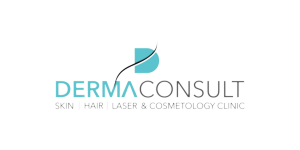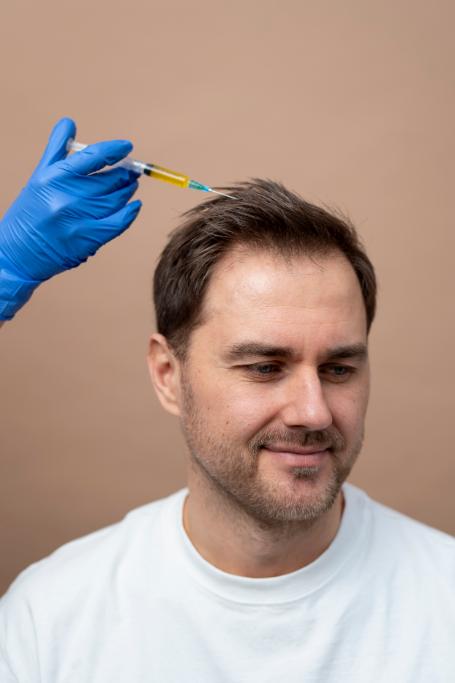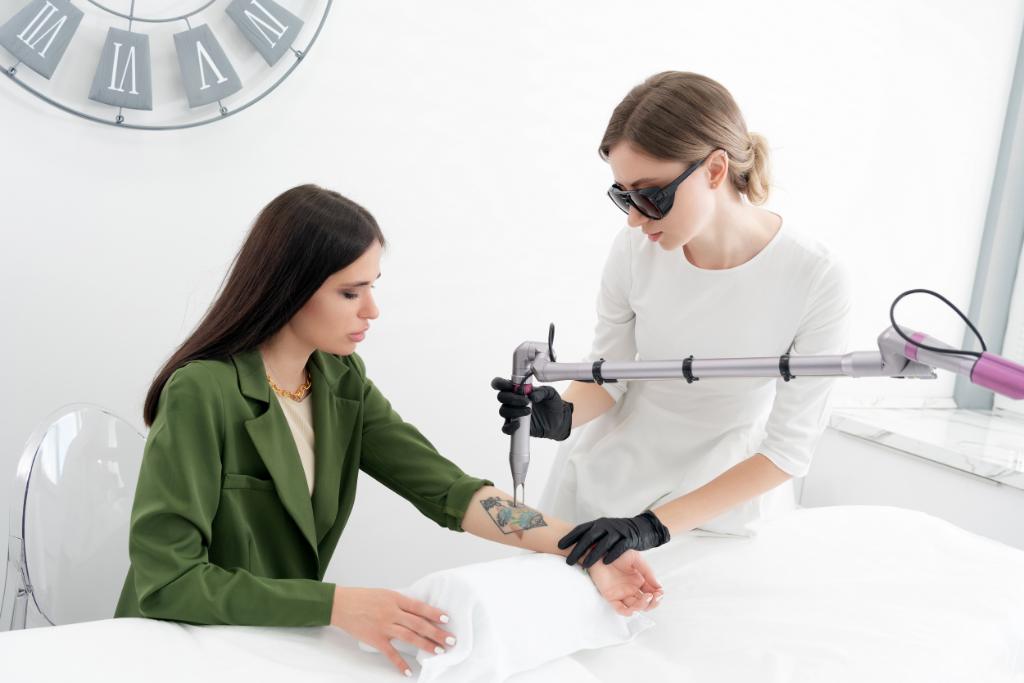Patients suffering from hair loss can now find help with a range of hair restoration procedures. However, there is only one method for treating this issue that makes use of the body’s natural healing and cell-regeneration mechanisms. The treatment referred to as platelet-rich plasma (PRP) is this process.
People who are thinking about getting PRP hair restoration frequently have inquiries about how the procedure operates and what rules they must abide by. Gaining further insight into these specifics can guarantee a successful course of treatment and impactful outcomes.
How Does PRP Work?
The active components in the platelets allow PRP therapy to function in two different ways. To begin with, the growth factors might stimulate the scalp’s stem cells. This is why PRP has shown promise in treating conditions like hair loss, where the body’s own cells are no longer able to proliferate. PRP therapies have the potential to aid balding individuals by promoting the growth of new hair-growing cells.
Second, there are numerous anti-inflammatory advantages to PRP therapy. Hair loss is mostly caused by two factors: scalp irritation and chronic inflammation. In previously bald areas, PRP therapy encourages the skin on the scalp to repair, resulting in the creation of new hair.
Things to do prior to your PRP treatment
Like any cosmetic surgery, there are precautions you may take in advance to make the process more comfortable and successful. Patients will be healthy and ready for their treatment thanks to these recommendations.
Eat something in the morning and drink water
It’s crucial to have a substantial, healthful breakfast the morning of the treatment. This provides the body with the right nutrition and energy for healing and enables it to withstand any discomfort experienced throughout the treatment. It’s also advised to hydrate well with water at least two hours prior to the treatment.
Avoid using hair products and chemicals
It is crucial that patients arrive at their consultation with completely product-free, dry hair. To give the scalp enough time to heal, patients won’t be allowed to wash their hair until the day following therapy. Applying products to the hair may cause unwelcome inflammation, which could impede the healing process.
Things to do after PRP treatment
As with any other skincare procedure, it’s critical to adhere to the instructions provided by the professional in order to guarantee a quick recovery and the best possible outcomes. Following your appointment, you should take care of these matters in the 48 to 72 hours that follow.
Avoid sunlight
Reducing inflammation is one aspect of the PRP treatment’s strategy for promoting healing and the development of new cells. UV rays from the sun can impede this process by inducing inflammation, which can result in pain and irritation.
Avoiding the sun is the greatest approach to prevent skin damage and hasten the healing process because the skin is sensitive in the first few days after the treatment. It is advisable to wear a hat to protect your scalp if you must go outside.
Avoid exercise and activities that cause perspiration
Sweat has the potential to promote inflammation, and inflamed areas irritate the treated area. Steer clear of situations and activities that make you perspire. Because of the high temperatures and heavy humidity, spas and saunas present significant challenges.
Don’t Go Swimming
The chemicals used in swimming pools, such as chlorine, as well as the high levels of bacteria, can cause irritation and infections in the scalp.
Prioritize relaxation and fun
There’s no need for patients to skip work or regular activities, but they should be gentle with their scalp after the procedure. Patients won’t have to worry about being unable to work or perform their daily tasks. However, it is advised that patients maintain their composure and refrain from exerting themselves as much as possible.
Have patience
It’s critical to exercise patience and give PRP therapy the time it needs to recover completely because it takes time to show results. To get their intended outcomes, the majority of patients need four to six monthly treatments, followed by a maintenance treatment once every six months.
What is the takeaway?
PRP is an effective treatment for hair loss that produces wonderful outcomes. Proper preparation both before and after the surgery will guarantee a robust recovery leading to the growth of new, healthy hair. To achieve the greatest results possible, patients are strongly advised to consult with professional specialists who are proficient in PRP procedures.
Read More About “Best Technology For Non-Surgical Facelift“


